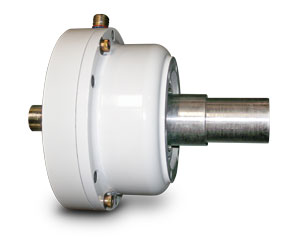The self-propelled howitzer, first introduced in the early 1960s has been upgraded a number of times over the past decades. It is the most common indirect-fire support weapon of maneuver brigades of armored and mechanized infantry divisions.
The newest version of the self-propelled artillery system is manned by a crew of four and can operate independently with no external technical assistance. The crew is able to compute firing data, automatically unlock the cannon from the travel lock, point the cannon and fire, then move to a new location. This ‘shoot and scoot’ capability protects the crew from counter battery fire.
The system’s turret-mounted 155mm cannon rotates 360 ̊ and achieves a maximum firing rate of up to eight rounds a minute with a sustained firing rate of one round every three minutes.
The US Army’s inventory of these artillery pieces is currently undergoing a comprehensive upgrade to provide a more robust, survivable and responsive fire support platform while achieving commonality with existing systems.
CUSTOM CLUTCH DEVELOPED BY INERTIA DYNAMICS
A new automated loader and an electric gun drive were significant parts of the overall upgrade as the system was redesigned converting from hydraulic to electric activation. Based on their previous successes while working with a leading global military systems OEM, Inertia Dynamics was called in to design and manufacture a custom electric clutch solution for use on the vehicle’s new turret drive.
THE CHALLENGE:
AN EXTREMELY LARGE VOLTAGE RANGE REQUIREMENT

Painted clutch with housing
Inertia’s engineers were immediately faced with a daunting design challenge. Due to uncertain battlefield conditions, the new clutch had to operate within a extremely wide voltage range – from a very low 16 VDC to 28 VDC.
The clutch’s electric coil had to release the clutch at
16 VDC but not overheat at 28 VDC. This presented the challenge of designing the appropriate coil size to fit in the clutch while meeting the customer’s tight footprint requirements.
Besides the wide operating voltage range, the specification required the clutch coil to withstand a voltage surge of up to 40 VDC without degradation. This specification effectively increased the voltage range from 16 VDC to 40 VDC. By comparison, a typical industrial electric clutch voltage range requirement is usually between 24 VDC to 30 VDC.
The coil design, as well as the design of the friction and stationary plates, were heavily impacted by these voltage requirements. The number of friction discs & stationary plates used were increased and the diameter of the plates were maximized.
Ultimately, the Inertia Dynamic application engineering team developed a “from scratch” custom spring-applied, electrically-released clutch that could effectively perform at the extreme voltages required.
The new clutch design also incorporated a manual override mechanism which allowed the crew to rotate the unit by hand in the event of vehicle power loss.